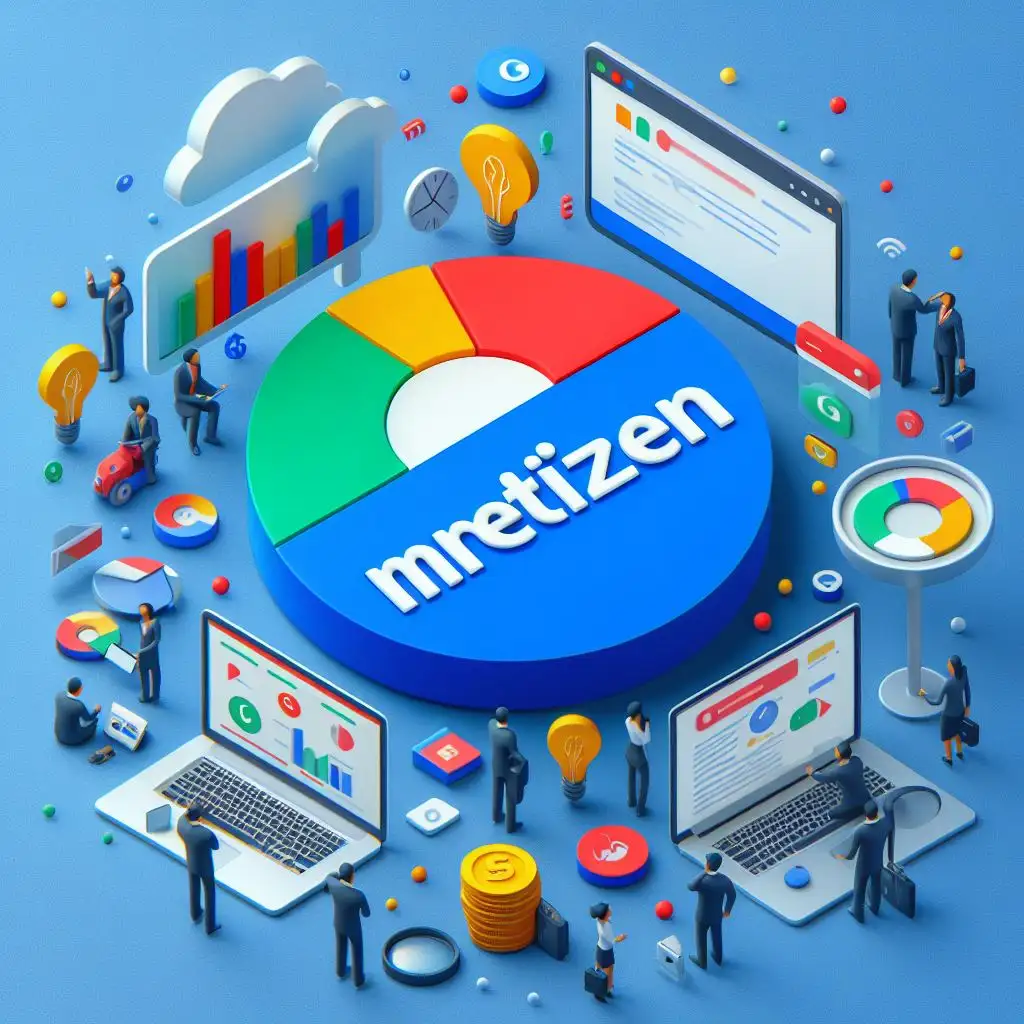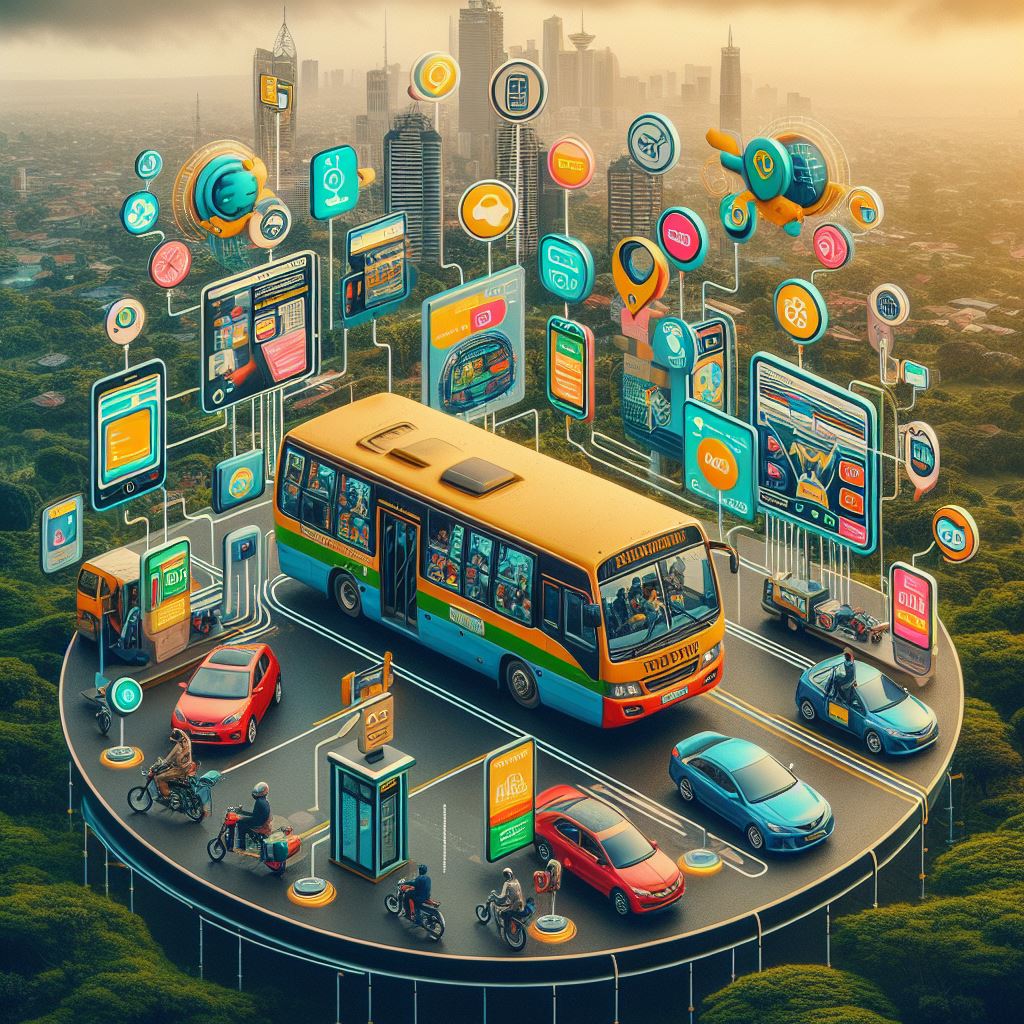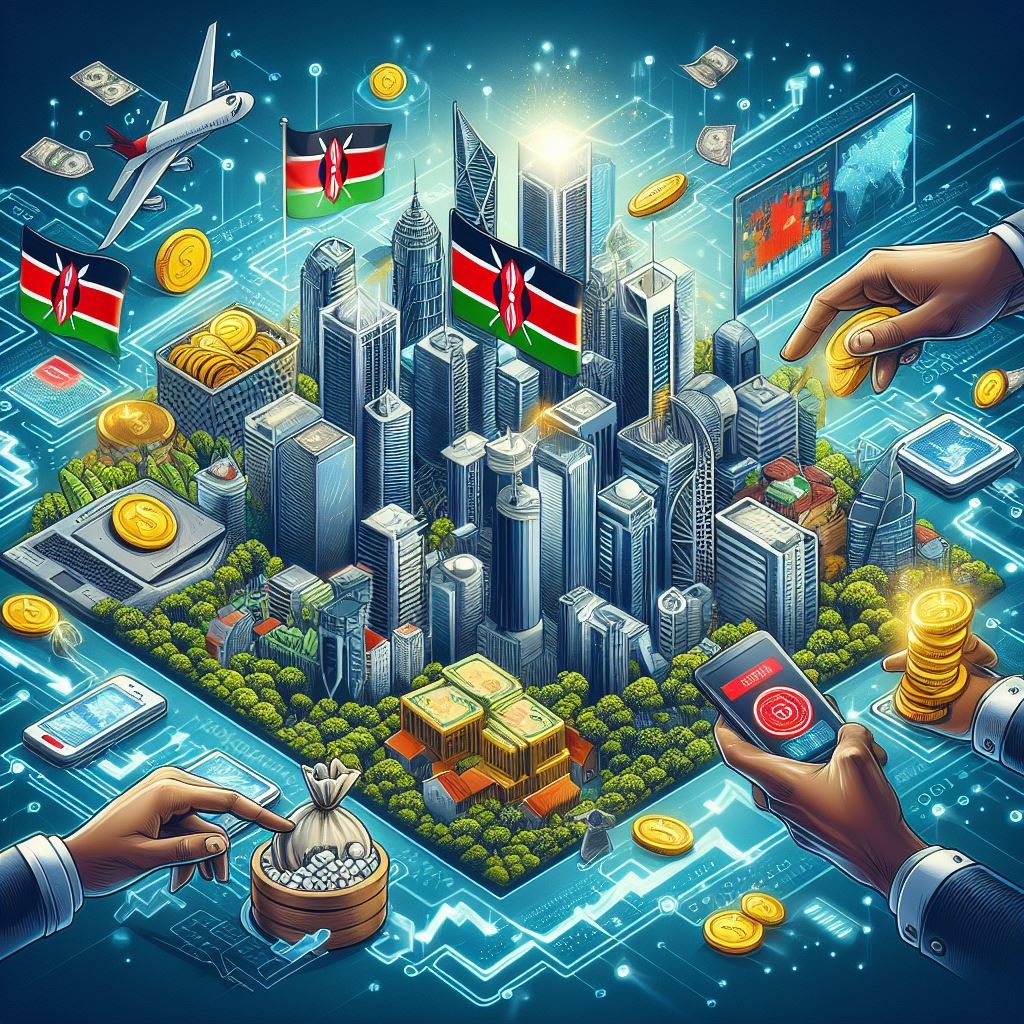Discover the hidden impact of digital overload on modern mental health in this insightful article. Uncover how constant connectivity affects our minds, bodies, and workplaces, and explore effective strategies for digital detox and mindful tech use to foster mental resilience in an increasingly digital world.
Introduction.
Digital clamour peux is defined as the current state of affairs and environment in which individuals are bombarded and saturated with digital stimuli right from the notifications alerts of portable devices to extreme demands of social media platforms and emails. Technology has become integrated in many existing novelties of life, and hence, the trend of the constant need to be connected has become a norm. In today’s society, the lines have become blurred between work/leisure, information/rest, leaving individuals in this cycle where disconnecting from ones device can feel almost impossible. It is a type of continuous connectivity that is presumed to increase efficiency and interactions it comes with a wagon of some unanticipated psychological and physiologically effects that are only gradually being realized.
Some people call digital overload the “silent epidemic” which is quite accurate given that we see it virtually every day and don’t even question it. This comes into people’s lives tacitly, gradually impacting on mental health rather than presenting an abrupt onset common to physical illnesses. Yet its impacts are far-reaching: details, frequent blinking and flipping of tabs, and being always on response mode creates a state of chronic stress, lack of concentrate, and emotional exhaustion. Some of the new studies reveal that even as people understand that they rely on technology at various times, they do not know that it degrades their mental health this way. Therefore, it is necessary to examine its concept so that it would be not only an important message about the negativity of digital overload on people’s lives but also reveal a potential threat to global public health and undermine the mental lymph of generations to come.
1. The Psychological Mechanisms: How Digital Overload aects the Human Brain.
The neuropsychology of digital overload is made up of intricate processes that shape how exactly the brain functions, how one feels well or achieves pleasure, or sustains focused attention. Ongoing interaction with apparatuses that are digital saturate the brain with dopamine which makes people become dependent on them just as the substance dependency on the narcotics. This kind of overstimulation can change the neural connections, and so the researchers’ term known as attention fragmentation appears, where people can not attend to single activities for long hours. Such natural behaviour deteriorates into ‘habitual act of checking,’ as the part of the brain that supports reflective practice gets played down while impulsivity is encouraged. Therefore, digital overload does not merely disrupt work or study, concentration for a short period but has the capacity to alter activity performance chronologically.
It adds up to not only attention, their emotional and mental state is affected too; psychologically. Being immersed in constant streams of fast moving high intensity digital content, raises a person’s level of of ‘continuous partial attention’ which Linda Stone has defined as when people are experiencing the perpetual interruptions created by the media environment; and thus the structure of their attention is destabilized. This distracted disposition also increases stress and then sets a specific fundamental level of anxiety that keeps irritation and mental fatigue ever present. Slowly but surely, the cognitive stress erodes the meta-cognitive strength. Thus, it is difficult for people to rest or have some real leisure even when they are ‘logging off’. Therefore, the impact of a plethora of digital stimuli on the human brain is twofold, wearing the brain away both, in terms of its cognitive abilities and its wellbeing.
2. Twitter and the continuation of Mental Health Stigma.
Social networks remain primary causes of digital mind drain and exert strong effects on self-identity, well-being, and mental state. Facebook’s algorithms that pirouette to attract attention draw the audience into compulsion to compare that produces feelings of deficiency and anxiety. A popular trend on so many social media platforms such that people post pictures more of an illusion of their lives instead of what is real can result in people having low self-esteem. The fear-of-missing-out yet again contributes to this protraction so as to ensure that users remain connected at all times. This results in escalating feelings of ineptness and rivalry – an emotional structure that sustains mental health problems unease and leaving users dissatisfied with their lives – often raises obstacles and makes it hard for users to feel satisfied with their own lives.
It is so pernicious among the younger generation that they spend early life, and most of their social interactions are virtual conducted on social media platforms. Studies have also confirmed a relationship between more usage of social media platforms and enhanced prevalence of social anxiety, depression and loneliness among the teenage and young adult population. The more social media accounts are being updated, the higher the chance of seeking approval from other people and eroding social confidence and individuality. Essentially, as more people embark on social relations through the digital platform, instead of personally interacting with people, they experience loneliness. These mental health challenges should be seen as mirroring just some of the complexities of how digital overload, including social media, works to heighten marginalised experiences and the state of mental health in general.
3. The implications of digitalle Vollbenmking for Mental Health in terms of Physical Health.
Digital overload is not exclusive to mental outcomes; it has more profound tangible effects that interact with mental health. This occurs because prolonged exposure to the screen alters the normal production of sleep hormones known as melatonin because they inhibit its production. Lack of sleep and disrupted intermittent sleep are known to be a common cause of mood disorders such as depression and anxiety. Also, problems such as ‘digital eye strain’ or ‘tech neck’ appear as a result of using a device for an extended period, which leads to discomfort … Whatever stress level can be reached, it becomes impossible to completely lower it while using the device. Digital overload is achieved when people get overwhelmed by the amount of information they process daily, and the physical stress related to it may make people more likely to get tired, grumpy, or emotional.
Physical discomfort also spirals stress and anxiety back onto a person’s mental health, meaning physical complains feed into mental health difficulties and round and round. For instance, headaches and tension produced by digital eye strain have a negative impact on the patient’s temper, which results in lower levels of tolerance to stress in daily lives. Over time, these structural vulnerabilities relate to physical health problems that result in constant fatigue and diminished physical and psychological strength. These signs and symptoms, when identified, mean that the affected person can embrace all-encompassing incapabability of digital overload, realizing that the mind and the body are linked and cannot be separated as reactionary organs to the demands of the modern world.
4. Digital Overload in the Workplace: Productivity vs. Well-being.
Most of the employees suffering from digital overload at the workplace means that professionals are pressured to maintain constant, unscheduled, and often unnecessary communication with colleagues or superiors. Due to advancement in technology, most workers are able to work from home, hence extending the hours they spend working with constant pressure with the clients. This expectation leads to burnout at work since work-related digital communication does not allow the brain to rest and erase boundaries between work and personal time. Ironically, as the technology exists to optimize workflow, the constant calls for attention undermine efficiency, innovation, and satisfaction at the workplace.
However, the case of ‘presenteeism’, whereby clients are extant while they can barely attend to their sickness, is worsened by the problem of digital overload for workers can work online regardless of the physical and mental fatigue they are experiencing. Since the employees are constantly interacting digitally, the emotional strength reduces and tends to have burnouts frequently. The consequences do not affect a person’s well-being only; on an organizational level they may result in lower work output, higher tolerance levels of employees, and higher turnover rates that are all contributed by living in a constantly inundated digital world. Solving this problem is crucial for any organization that wants to create an efficient organizational culture that encompasses not only work performance but also healthy employees.
5. Potential Solutions: [Technology Detox and Mindful Digital Use]
An important intervention perspective in this context concerns the strategies used to contain the consequences of digital overload for mental health in terms of organizing a conscious interaction with technologies. Designating some explicit rules and punishing children for breaking them involve intentional choices like establishing rules regarding time spent using devices, creating specific times whenever children can not use their devices, and defining parts of homes or environments—such as workplaces—can to a very great extent reduce the constant cognitive load generated by technology gadgets. Measures such us turning off notification tones or limiting the time one spends on emails provide a formal way of handling the device which minimizes on the impulsiveness and also provides time for the mind to rest from screen relating activities.
Also, the technology itself can give answers to the problem, which is digital overload, while many applications and gadgets can also assist in counting and adjusting the amount of time spent in front of screens. Most of these platforms provide information on usage trends to help people manage desirable new habits based on technological trends. These interventions represent a rapidly emerging area called digital health and wellness, which is designed to offset technology overload. Practising mindfulness, like meditation or breathing exercise helps promote mental health as it enables people to be present physically and virtually. Thus, people can work at forming a new media relationship that helps them build sustainable protective factors for mental health.
Conclusion.
This already shows us firsthand the effects of technologization on mental health and, therefore, its paramount importance to start transitioning to a more sustainable, indexed use of digital platforms. On one hand, the use of digital tools is convenient and connected, but abusing them does have dangerous consequences for cognition, feelings, and bodies. With human interaction shifting to the digital interface, social media fatigue is likely to take centre stage and, therefore, needs to be addressed. Since this presents a silent epidemic of potentially massive proportions, where no one will be exempt from the devastating impacts on mental health, society must set standards and accommodate norms for digital health.
This means a new perspective where people at large, caregivers, and employers, technology designers and inventors, are all called upon to embrace, innovate, engage, and ultimately create a wholesome digital future for every human being. This ranges from raising awareness of the manifestations of digital burnout, campaigning for practices that support humane use of technologies, and supporting innovations that lend themselves to healthy interaction with clients. Hence, in developing harmony, society can make adequate guarantees that technology would become. That is why CHD became the empowering tool rather than the sources of endless demand. Although it is a long process of becoming digitally well, people and organizations should learn how to take actions, which will help to make the future of mental health and friendly digital interactions secure.


.jpg?locale=en)
.jpg?locale=en)







.jpg?locale=en)

.jpg?locale=en)
.jpg?locale=en)












